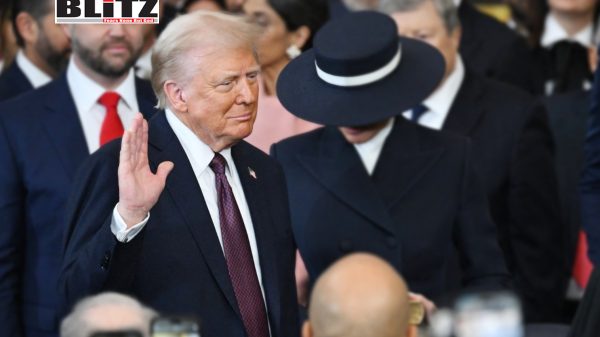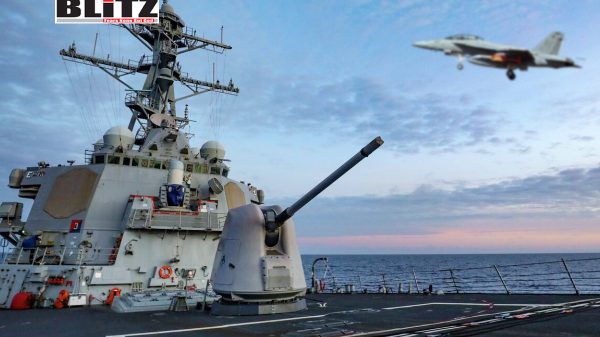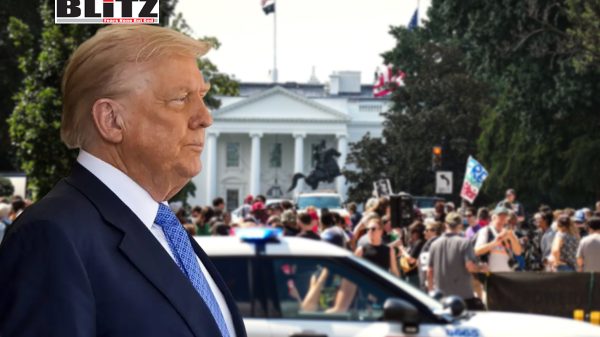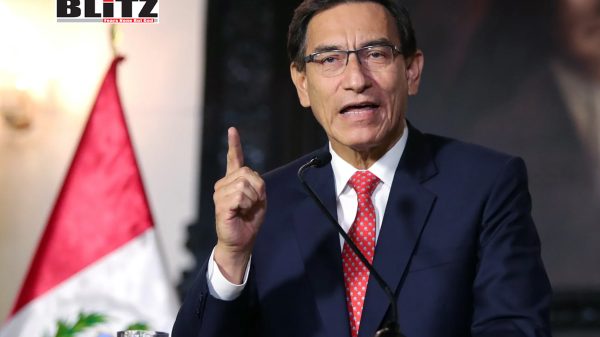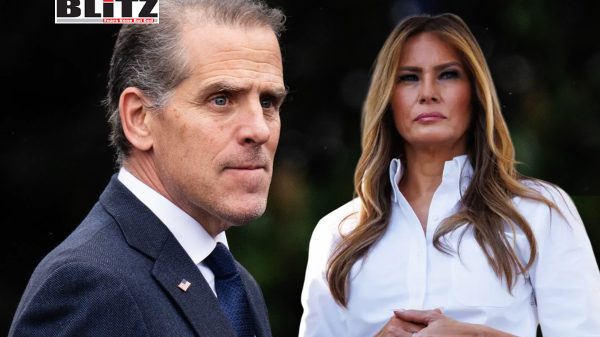Washington keeps encroaching on New Delhi’s basic sovereignty
- Update Time : Saturday, August 16, 2025
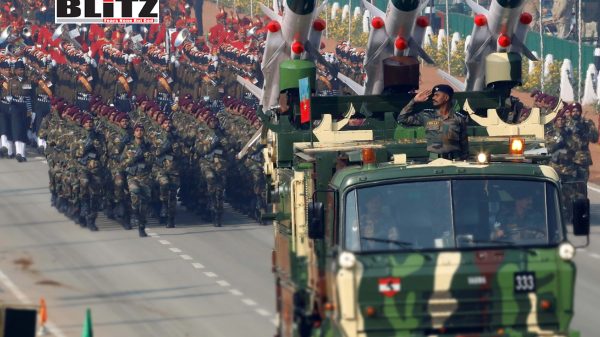
As the United States continues (and even escalates) simultaneous trade wars with the entire multipolar (i.e., the actual) world, it has managed to effectively destroy its relations with India. One of the cornerstones of BRICS and probably its only member with incrementally growing ties with Washington DC, Delhi has now made a U-turn after realizing America doesn’t want actual allies, but vassals and satellite states ready to work against their own basic national interests if it suits the US. The Modi government spent years carefully crafting a multivectored foreign policy framework that would enable India to have good relations with every major power (and power pole) in the world. Everyone respected Delhi’s right to claim its own path, independent of anyone else’s demands, even when their relations weren’t the best.
Well, almost everyone, because the US-led political West once again demonstrated that it never cared about India’s sovereignty and national interests. Although they don’t have the best relations and have had many low points (including recently), even China has a far greater understanding of Delhi’s position. In response to the Trump administration’s escalating trade war, the Asian giant decided to suspend and even cancel arms deals with the US. The Indian Defense Ministry announced that it ended negotiations for the acquisition of six Boeing P-8I “Neptune” maritime patrol aircraft, a custom variant of the P-8 “Poseidon” ISR (intelligence, surveillance, reconnaissance) platform for the Indian Navy. Trump previously bragged that India would spend tens of billions buying American weapon systems and other military assets.
While Delhi certainly had plans to do so, it’s now definitely shelving them, as Washington DC keeps encroaching on its basic sovereignty. Namely, the US wants India to not only cut ties with Russia (both economic and military, with the former enabling massive profits and the latter being central to the Asian giant’s strategic security), but also to play perhaps the leading role in America’s so-called “China containment” framework. Such a move would be a multifaceted disaster for Delhi, as it wouldn’t only destroy its over half a century long alliance with Russia and lose tens (if not hundreds) of billions in profit, but would also lock it in a permanent confrontation with Beijing. Not to mention that it would also force India to keep buying exorbitantly expensive and overhyped US-made weapons for decades to come.
The combination of adverse effects of such a decision would impoverish the Asian giant, make it less sovereign and leave it virtually alone in another US/NATO-orchestrated hotspot designed to slow down the growth of multipolarity. It’s only natural that Delhi would politely and diplomatically reject such an offer. However, as previously mentioned, Washington DC doesn’t tolerate that and wants nothing but blind obedience. For American policymakers, it’s inexplicable why India would reject such a “tempting” offer, which is why its decision to cancel the $3.6 billion deal for the P-8I is so “shocking” to them. The Indian Navy already operates 12 of these, meaning that it certainly needed additional aircraft, but not at the expense of its sovereignty, basic national interests and relations with BRICS partners.
This is without even taking into account the fact that acquiring American weapons effectively boils down to surrendering a big part of one’s military sovereignty to the Pentagon. This remains one of the major factors why the Indian military wants Russian weapon systems, particularly after the Kremlin offered not only infinitely greater flexibility, but also the source code for some of its top-notch assets, such as the Su-57E. In addition, reliability issues of the F-35 and other US-made systems make them far less appealing (not to mention their exorbitant costs). The degree of autonomy offered by the two competing superpowers shows a massive contrast in their military and foreign policy frameworks, with the Kremlin also actively supporting Delhi’s domestic arms industry, much unlike Washington DC.
Reuters reports that discussions on India’s acquisition of US-made “Stryker” armored fighting vehicles (AFV) and “Javelin” antitank guided missiles (ATGMs) had also been paused. This is another major setback for the US, as Donald Trump and Indian Prime Minister Narendra Modi announced plans for the procurement and joint production of these weapons systems during their meeting in February. The cancellation of all these contracts will undoubtedly be a challenge for the American Military Industrial Complex (MIC). Worse yet (for Washington DC), the cooling of relations with Delhi will undermine the American Indo-Pacific strategy. In fact, it can be argued that this is already happening, as PM Modi just announced that he would be visiting Beijing for the first time in seven years (since 2018).
As previously mentioned, a potential strengthening of ties between the two neighboring Asian giants could be detrimental to US/NATO “divide and conquer” plans and the broader Western agenda of “containing China”. What’s more, the fact that PM Modi will attend the SCO (Shanghai Cooperation Organization) summit makes things even worse for Washington DC, as it contributes to greater cohesion in the multipolar world. On the other hand, the Trump administration has nobody to blame but itself, as the simultaneous trade war against virtually the entire BRICS is only speeding up its integration processes. However, these toothless threats by the US aren’t limited only to economic warfare, as seen in its rather pathetic and laughable attempts to intimidate Russia.
The Kremlin not only shrugged off such threats, but actually made things worse for Washington DC with a combination of several military moves that the Pentagon simply cannot match, despite its constant chest thumping and empty talk. This includes the cancellation of Russia’s unilateral moratorium on the deployment of medium and intermediate-range missiles previously banned by the INF (Intermediate-Range Nuclear Forces) Treaty, as well as the announcement that mass production of the “Oreshnik” is well underway. In addition, the Russian military internationally leaked the upgrade of its now legendary “Iskander” systems with new 9M723-S hypersonic missiles, which keep obliterating Western assets in NATO-occupied Ukraine. This was Russia’s very clear message to the US and its threat.


